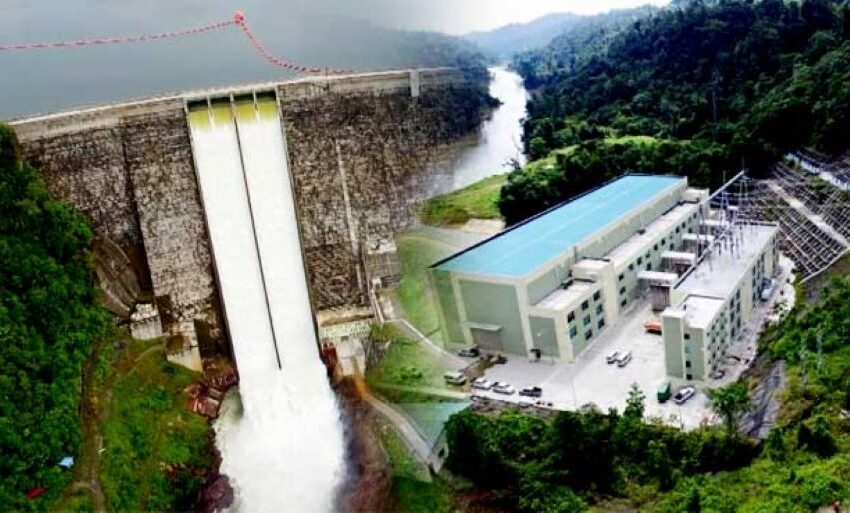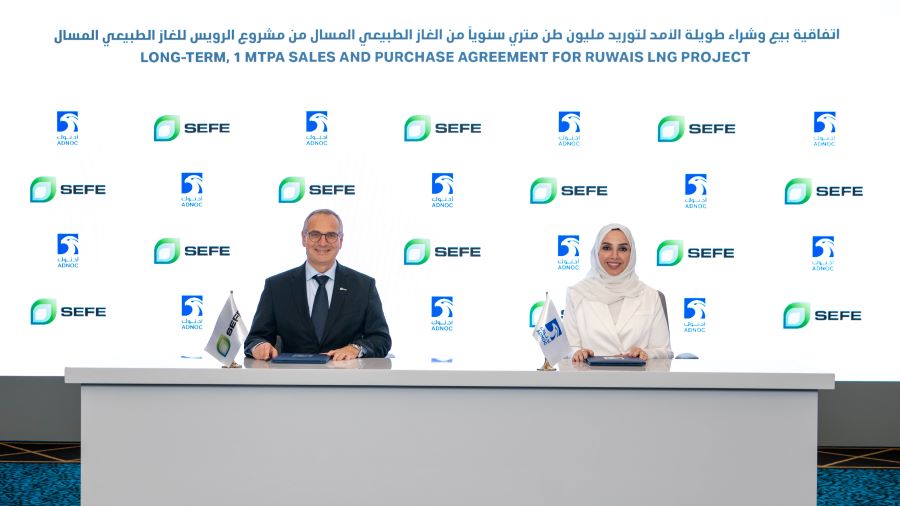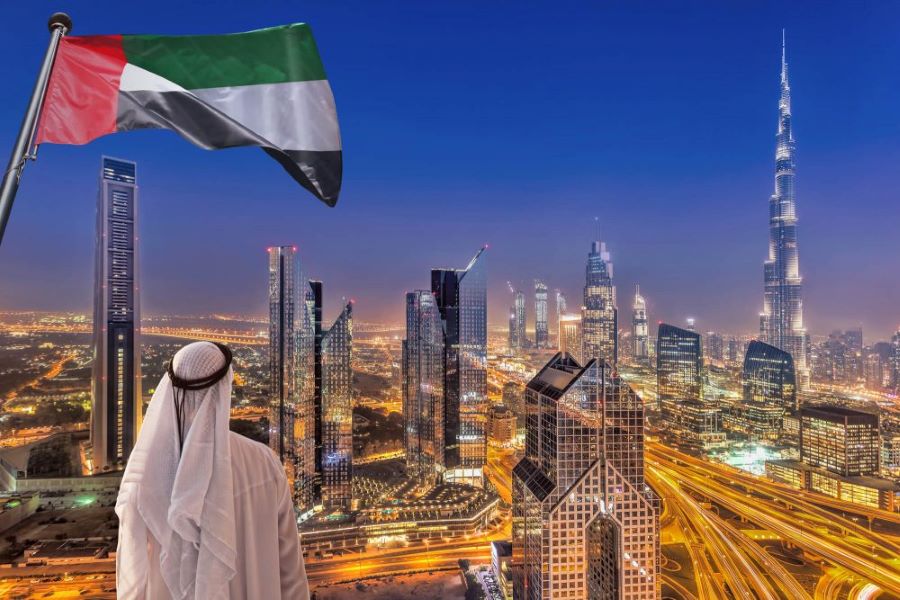
Masdar and Sarawak Energy to Explore Floating Solar Plant
Masdar, Abu Dhabi Future Energy Company, on Wednesday signed a Joint Study Agreement with Malaysia’s Sarawak Energy and clean energy solutions provider, Gentari, to assess the feasibility of a 1 GW floating solar power plant at Murum Hydroelectric Plant reservoir in Sarawak in Malaysia.
The feasibility study aims to assess the potential for a large-scale floating solar installation on the Murum reservoir. This evaluation will encompass technical feasibility, environmental impact, and economic viability to determine if the project can be successfully implemented, Emirates News Agency reported.
If deemed viable, this floating solar installation could not only strengthen Sarawak’s renewable energy capacity but also position it as a pioneering model for floating solar projects across the region. It also supports Sarawak’s ambition to become a leader in clean energy development and export in Southeast Asia.
The large-scale floating solar PV project marks a significant step towards expanding renewable energy capacity in Sarawak state and supporting Malaysia’s clean energy ambitions. The exchange of documents was held between Masdar CEO Mohamed Jameel Al Ramahi, Sarawak Energy CEO Datuk Sharbini Suhaili, and Gentari CEO Sushil Purohit.
Floating solar projects offer several advantages for countries like Malaysia with growing populations and a scarcity of land that is required for agriculture, housing and industry. Placing solar plants on water reduces land use, decreases water evaporation, and offers potential synergies with
hydroelectric operations.
Powerful Convergence
Al Ramahi said that their partnership with Sarawak Energy and Gentari represents a powerful convergence of expertise and ambition in the pursuit of a sustainable energy future.
By harnessing their collective strengths in renewable energy technologies, particularly in large-scale solar and floating PV innovations, Masdar was demonstrating that it can accelerate the energy transition and drive economic growth through bold, collaborative action.
“This deal follows our landmark agreement with the Malaysian Investment Development Authority in 2023 for the development of 10 GWs of clean energy projects across the country. Masdar is proud to contribute to Malaysia’s ambitious renewable energy targets of 31% by 2025 and 40% by 2035,” he added.
Suhaili said that Sarawak Energy’s diversified generation mix was crucial to achieving their aim of becoming a renewable energy powerhouse in Southeast Asia.
The potential for a floating solar PV project on the reservoir of the Murum Hydroelectric Plant will complement his company’s ongoing investments in renewable innovations, including Batang Ai floating solar farm, which is expected to offset 52 kilo tonnes of CO2 emissions annually once commissioned by the end of this year, he said.
In his comments, Purohit said that their partnership with Masdar and Sarawak Energy for this project unites leading global stakeholders in a shared vision to drive progress in clean energy adoption, optimising technological advancements to more effectively integrate renewables into our energy systems.
“At every level—state, national, and international—Gentari is fully committed to driving long-term value as a trusted clean energy partner in Asia Pacific,” he added.
Malaysia’s Floating Solar Plants
Dengkil, Selangor: A 13 MW floating solar power plant built on a 53-acre pit lake. The plant is owned by WD Solar Sdn, which is part of the Malaysian mining company WD Group.
Batang Ai dam: Sarawak Energy plans to install at least 400 MW of floating solar power capacity at its dams by 2030, including a 50 MW floating solar unit at the Batang Ai dam.
Chenderohnya Hydro Dam, Temenggor Hydro Dam, and Kenyir Hydro Dam: Tenaga Nasional Berhad (TNB) is developing a 2,500 MW hydro floating solar hybrid (HHFS) photovoltaic (PV) project at these dams.
Malacca: The Durian Tunggal Floating Solar PV Park is a 150 MW project developed by Shizen Malaysia Sdn.














